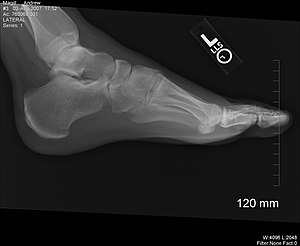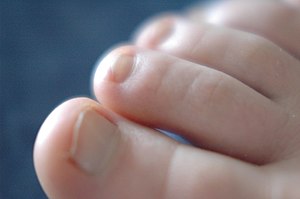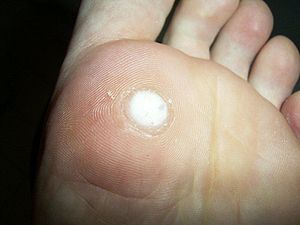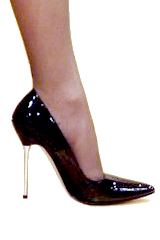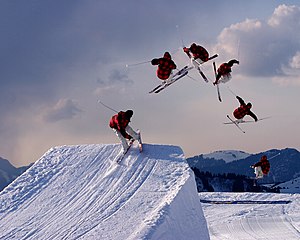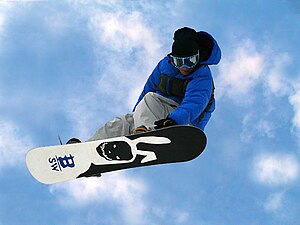Have you lost your arches? Have you been told you have flat feet? Reduce your stress level because the situation may not be that desperate. Flat feet, also referred to as pes planus or fallen arches, are a condition where the arch of the foot collapses. It can affect one or both feet.
Babies are born with flat feet and it takes a few years for bones, tendons and ligaments to strengthen and grow, forming the foot’s arch. In most instances the arch develops in childhood, usually by age five or six, but in some cases, the arch of the foot never fully develops. About twenty percent of the world’s population has flat feet, or some degree thereof because their arches never completely formed. This type of flat foot is rarely problematic, and would not likely require treatment.
Flat feet that develop in adults as a result of
injury, illness, stress or aging are referred to as Adult Acquired Flat Foot. Factors contributing to the cause of this type of flat feet include weight, high blood pressure and diabetes. If you acquire flat feet as an adult, they will probably stay that way. Strength training of the muscles in the foot may help to retain or regain normal function, but the foot muscles are short, and most likely the arch would not re-develop.
If you want to monitor the condition of your arches, wet your feet then stand on a smooth surface. When the footprint shows a lot of sole, it indicates a flat foot. What do flat feet mean to you? Flat feet usually do not cause pain and would not require treatment. However, if you are in the low percentage of people that experience pain in the foot, ankle or lower leg, see your podiatrist. He may recommend orthotics, exercises or physical therapy to help strengthen your feet. If your doctor prescribes orthotics you will probably need to use them for the remainder of your life. If much correction is required, it will likely be done gradually, over a period of time, allowing you to adjust in increments.
If you have pain that may be attributed to flat feet, call
Dr. Blaakman. He will be able to evaluate and diagnose you and provide a treatment plan just right for you. Whether it involves exercises or orthotics, it will help you on your way. For more information, or to set up an
appointment, please call Dr. Blaakman at (877) 941-FEET (3338).
If you have a story about your flat feet, please share below…
References:
http://www.mayoclinic.com/health/flatfeet/DS00449/DSECTION=causeshttp://en.wikipedia.org/wiki/Flat_feet





